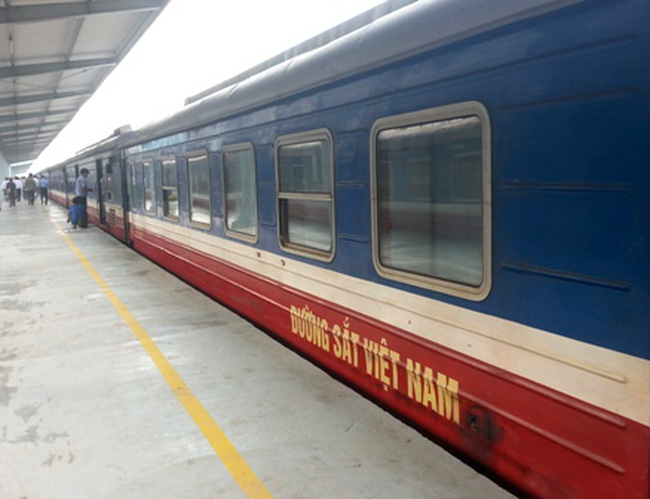With its cumbersome and ineffective apparatus, Vietnam Railways (VNR) plans to restructure its operations to resurface and regain market share.

| Inefficient management and shrinking revenue within the groves of VNR |
Pressure for change
After many years of declining revenue and profit, VNR’s business operations have produced positive signs. Notably, in the third quarter of this year, VNR reported increases in both passenger volume (3.77 million) and handled cargo (1.79 million tonnes), up 2.2 and 17 per cent on-year, respectively. As a result, in the third quarter of 2017, VNR reported a revenue of VND1.45 trillion ($63.7 million), up 13.8 per cent on-year.
“Instead of continuing to supply existing low-quality services of the railway industry to passengers as before, VRN now tries to upgrade facilities and service quality to meet passengers’ demand,” said Vu Ta Tung, VNR’s general director.
Accordingly, VNR has been recently focusing on increasing its market share in medium-distance routes as well as upgrading material facilities and service quality and launching promotion programmers to attract passengers.
However, these short-term solutions are not enough to help VNR regain its position in the transportation sector and improve its business results in the long-term. They are not even enough to help VNR fulfill the annual targets as the fourth quarter is always considered the transportation industry’s off-season with the lowest revenue.
VNR transported 7.75 million passengers and four million tonnes of cargo, making a total revenue of VND3.1 trillion ($136.1 million), a slight increase on-year.
Another issue affecting the railway industry in general and VNR in particular is low labour productivity, necessitating heavy-handed reforms.
Notably, as of mid-September 2017, the railway industry employed 19,858 people, who in the nine months of this year fetched an average revenue of VND150 million ($6,585) each, a record low in the transportation industry.
Resolution for its restructuring
According to Vu Anh Minh, chairman of the board of VNR, along with outdated material facilities, the cumbersome and ineffective apparatus is one of the major factors hampering VNR’s development.
Notably, VNR currently has 8,270 employees and holds a controlling stake in 24 member companies as well as 10-49 per cent in dozens of other companies.
Specially, Hanoi Railway Transport JSC (Haraco) and Saigon Railway Transport JSC (Saigon Railway) are two outstanding examples of VNR’s ineffective management practices. Both companies have offices in the same place, offering identical passenger and cargo services, posing unnecessary competition to each other. As a result, two years after of their equitisation, both companies reported declining revenue, market share, as well as employees’ income.
Furthermore, despite having advantages in terms of infrastructure, warehouses, and land fund to develop the logistic service , the sector's efficiency is quite low due to the management team’s lack of professionalism.
In order to solve these above problems, VNR released numerous solutions to advance restructuring.
The first is the merger of Haraco and Saigon Railway into Railway Transport JSC specialising on cargo transport.
Second, VNR will reduce its holdings in member companies in the mechanical sector below 50 per cent.
Third, VNR will maintain the organisation model and its holdings in railway maintenance companies, while simultaneously divesting its entire holding in member companies where it does not hold a controlling stake.
By Anh Minh / VIR